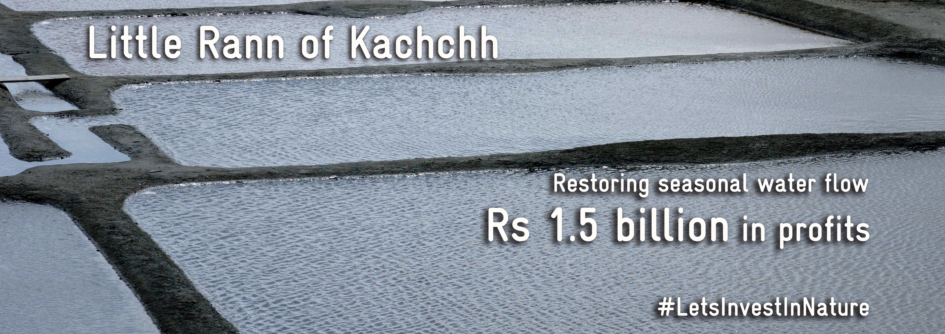Shubhangi Singh: Floods are generally considered undesirable and destructive elements of nature and, often times, they have proven to be absolutely catastrophic but the same overflowing of rivers have the potential to create some very favourable Wetlands. These Wetlands can serve as agreeable landscapes that turn resourceful due to the multiple function this varying terrain can host. Kanwar Jheel in Bihar is a striking example of this shared, altering landscapes.
Kanwar Jheel is a large floodplain wetland between the Gandak and Kosi rivers in North Bihar. Spanning 67 sq. km, the wetlands offer many ecosystem services like recharging groundwater and buffering oncoming floods. While the wetland is a designated bird sanctuary hosting several migratory water birds in the winters, it also sustains the livelihoods of thousands of farmer as well as fisher households. Despite it’s high socio-economic and ecological significance, Kanwar Jheel has received little attention in the regional and local development planning. Land-use changes triggering the transformation of this multi-functional resource towards permanent agriculture have created a trade-off between provisioning and regulating ecosystem services. Large parts of the wetland has been converted to permanent agriculture. As a result, the open water area of Kanwar has been reduced drastically. This focus on wetland agriculture at the cost of fisheries has created friction between farmers and fishers. Although the gains from agricultural transformation in Kanwar Jheel is worth 12.7 million, the loss is much higher, mainly due to diminished fishing activities and other eco-services like reduction in tourism.
Through an on-going study of the area by researchers, it is derived that the ecosystem services bundle of Kanwar Jheel operates at maximum value if the wetland is managed as it was in the 1970s. At that time, the entire wetland was allowed to stay inundated for close to six months, thus, helping restore the lake’s natural eco system. This also helps putting in place a diverse land-use system for the use of this wetland region and enabling shared resources. Applying wetland zoning principles could be considered to maximise ecosystem services and biodiversity benefits where the core of the wetland could be maintained for biodiversity, whereas a mix of fisheries and subsistence level wetland agriculture would be permitted in the rest of the wetland to address livelihood needs. However, this could be unpopular among farmers due to loss of area available for agriculture. Therefore, an ideal management of this scenario would be to try and maintain a moderate hydrological regime (like in the 1980s), where benefits to farmers and fishers were possibly more equitable.
According to the researchers, incorporating the local stakeholders like the representatives of fisher and farming community into the management fold may help devising practical methods to approach the restoration of the Kanwar Jheel. With proper management and wise use, Kanwar Jheel can leap right back to it’s high-yielding glory and the revival of a lake, is revival of all related parties and economy and that is something to celebrate, isn’t it?

